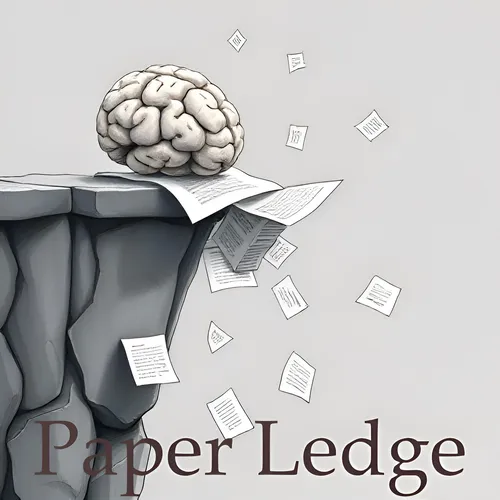Computation and Language - HapticLLaMA A Multimodal Sensory Language Model for Haptic Captioning
- Author
- ernestasposkus
- Published
- Mon 11 Aug 2025
- Episode Link
- https://www.paperledge.com/e/computation-and-language-hapticllama-a-multimodal-sensory-language-model-for-haptic-captioning/
Hey PaperLedge crew, Ernis here, ready to dive into some seriously cool research! Today, we're exploring a paper that's all about giving a voice – or rather, words – to the sense of touch. Imagine if you could understand what a vibration means, not just feel it. That's exactly what this paper tackles.
The researchers are looking at something called "haptic captioning." Think of it like closed captions for the visually impaired, but instead of describing what's on screen, it describes what you're feeling through vibrations. This could be huge for virtual reality, accessibility tools, and even rehabilitation therapies. Up until now, most AI research has focused on sight and sound, kind of leaving touch out in the cold. This paper aims to change that!
They introduce "HapticLLaMA," which is basically a smart language model that's been trained to understand and describe vibrations. Think of it like this: you have a special translator that takes the language of vibrations and turns it into plain English.
So, how do they actually do this? Well, the first step is to convert the vibration signals into something the AI can understand. They used two different methods for this, which they call "haptic tokenizers." One is based on the frequency of the vibrations, and the other uses a more complex method called EnCodec. It's kind of like learning to read different dialects of the vibration language.
Once the vibrations are "translated," they feed that information into a large language model called LLaMA. Then, they train HapticLLaMA in two stages. First, they teach it the basics using a lot of labeled data. Then, they fine-tune it using feedback from actual humans. This second stage is super important because it helps the AI understand what people actually perceive when they feel those vibrations.
Now, for the results! They used both automated metrics and human evaluations to see how well HapticLLaMA was doing. And guess what? It performed really well! It achieved a METEOR score of 59.98 and a BLEU-4 score of 32.06. Don't worry about the technical jargon, just know that these are good scores! More importantly, over 61% of the captions generated by HapticLLaMA were rated positively by humans. And when they used human feedback to refine the model, the ratings improved even more.
"HapticLLaMA demonstrates strong capability in interpreting haptic vibration signals...indicating stronger alignment with human haptic perception."
The big takeaway here is that large language models can be adapted to understand and process sensory data beyond just sight and sound. This opens up a whole new world of possibilities for how we interact with technology and how we can make technology more accessible to everyone.
This research has huge implications. Imagine:
- A VR game where you can truly feel the environment.
- Assistive technology that allows visually impaired individuals to "read" text or navigate their surroundings through vibrations.
- Rehabilitation programs that use vibrations to help patients regain their sense of touch.
So, here are a couple of things that got me thinking:
- How far away are we from haptic devices that can accurately recreate a wide range of textures and sensations?
- Could this technology be used to create new forms of art or communication that rely solely on the sense of touch?
What do you think, PaperLedge crew? Let me know your thoughts in the comments! Until next time, keep those neurons firing!
Credit to Paper authors: Guimin Hu, Daniel Hershcovich, Hasti Seifi
